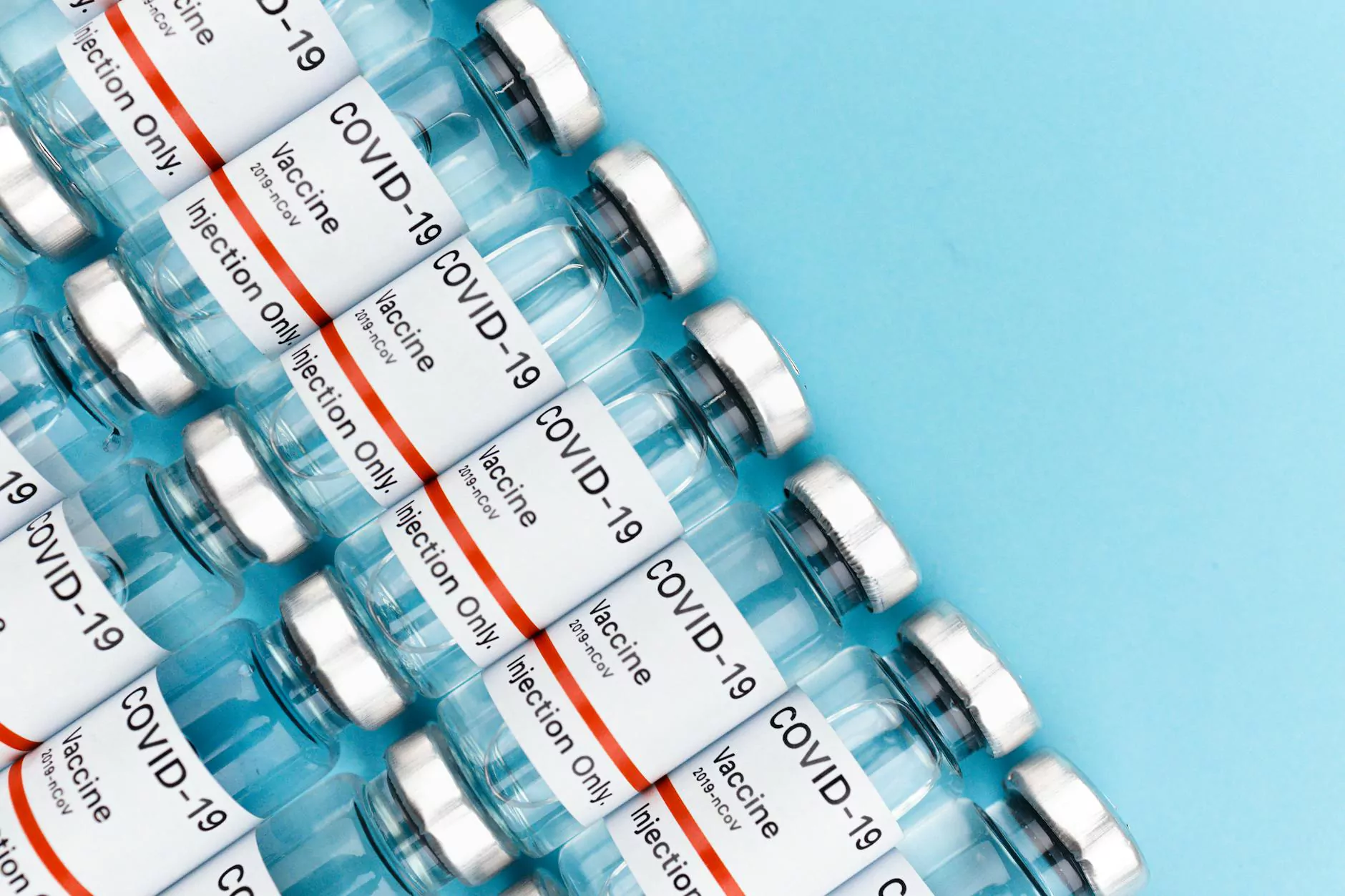The Differences Between A Sigmoidoscopy & A Colonoscopy

When it comes to colon health, two common diagnostic procedures that might be recommended are a sigmoidoscopy and a colonoscopy. Both of these tests play essential roles in identifying potential issues within the colon, but they differ in various aspects. Let's explore the differences between a sigmoidoscopy and a colonoscopy, so you can gain a better understanding of their purposes and procedures.
What is a Sigmoidoscopy?
A sigmoidoscopy is a diagnostic procedure that allows doctors to examine the lower part of the large intestine, known as the sigmoid colon. This part of the colon is responsible for processing waste before it is eliminated from the body. During a sigmoidoscopy, a flexible tube with a light and camera, called a sigmoidoscope, is inserted into the rectum to visualize the sigmoid colon. This procedure is typically considered less invasive when compared to a colonoscopy.
The Purpose of a Sigmoidoscopy
A sigmoidoscopy is primarily used to detect abnormalities, such as polyps or inflamed tissue, within the sigmoid colon. It is commonly performed to check for signs of colorectal cancer or investigate symptoms like rectal bleeding, chronic diarrhea, or abdominal pain. While a sigmoidoscopy provides valuable information about the lower part of the colon, it does not examine the entire length of the colon like a colonoscopy does.
What is a Colonoscopy?
In contrast to a sigmoidoscopy, a colonoscopy is a more comprehensive diagnostic procedure that allows doctors to evaluate the entire colon. During a colonoscopy, a long, flexible tube called a colonoscope is used to examine the entire length of the colon, from the rectum to the cecum. The colonoscope is equipped with a camera and light to provide clear visuals of the colon's inner lining.
The Purpose of a Colonoscopy
A colonoscopy is primarily performed to detect any abnormalities or precancerous growths, such as polyps, diverticulosis, or signs of colorectal cancer, throughout the entire colon. This procedure is especially important for individuals at higher risk of developing colon cancer or those experiencing symptoms like unexplained weight loss, changes in bowel habits, or a family history of colorectal issues.
Key Differences Between Sigmoidoscopy and Colonoscopy
While both sigmoidoscopy and colonoscopy are valuable diagnostic tools, they differ in several key aspects:
1. Scope of Examination:
- A sigmoidoscopy examines only the lower part of the colon (sigmoid colon).
- A colonoscopy examines the entire colon, from the rectum to the cecum.
2. Sedation:
Sigmoidoscopy may require minimal sedation or no sedation at all, whereas colonoscopy typically involves conscious sedation to ensure patient comfort during the longer procedure.
3. Preparatory Measures:
Prior to a sigmoidoscopy, patients may need to follow certain dietary restrictions and administer an enema to cleanse the sigmoid colon. In contrast, a colonoscopy often requires a more thorough bowel preparation, which may involve a restricted diet, laxatives, and cleansing solutions.
4. Duration of the Procedure:
A sigmoidoscopy usually takes approximately 15-30 minutes, while a colonoscopy can take up to an hour or longer, depending on the findings and the need for any additional interventions.
5. Coverage of Abnormalities:
While a sigmoidoscopy provides a clear view of the sigmoid colon, it may miss abnormalities in other parts of the colon, potentially resulting in incomplete evaluation. On the other hand, a colonoscopy provides a comprehensive examination of the entire colon, allowing for a more thorough assessment of any abnormalities present.
Conclusion
In summary, both sigmoidoscopy and colonoscopy are valuable tools in diagnosing and assessing colon health. While a sigmoidoscopy focuses on the lower part of the colon, a colonoscopy offers a more comprehensive examination of the entire colon. The choice of procedure depends on various factors, including the patient's symptoms, risk factors, and the overall purpose of the examination. Consulting with a medical professional, such as the experts at Minneapolis Weight Loss Doc, can help determine which procedure is most appropriate for your specific needs.
At Minneapolis Weight Loss Doc, our dedicated team prioritizes your health and uses state-of-the-art equipment and techniques to perform both sigmoidoscopy and colonoscopy procedures. We strive to provide comprehensive care, ensuring accurate diagnoses and effective treatment plans. Contact us today to schedule a consultation or to learn more about our services in the health category.




